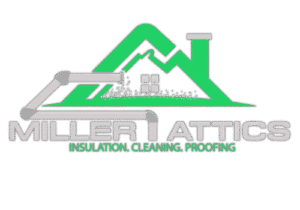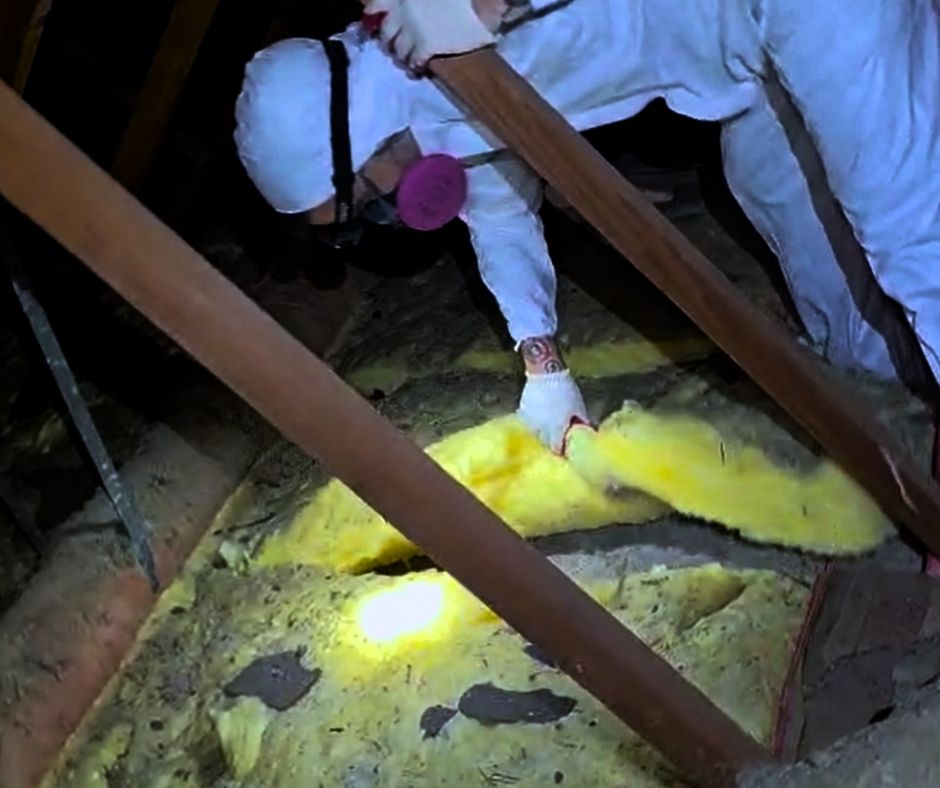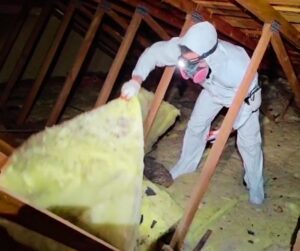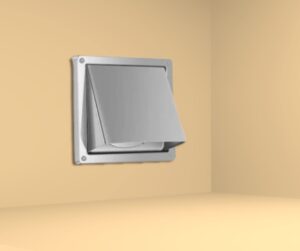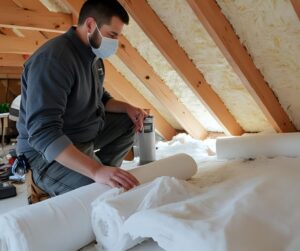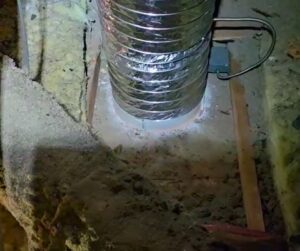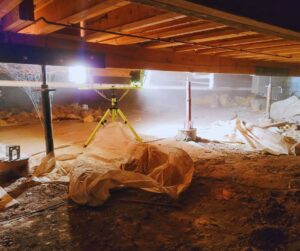If you’ve ever stood in your attic wondering why your energy bills are sky-high, you’re not alone. One of the most common questions I get as an insulation contractor is this: “What’s better — batt or blown-in insulation?”
And honestly? It depends. I’ve worked in attics all across Northern California for over a decade, and I’ve seen batt insulation and blown-in insulation done right — and very, very wrong.
So if you’re comparing blown in vs batt insulation, here’s what you need to know to make the best decision for your home.
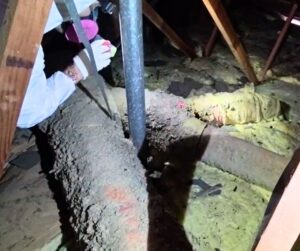
Why Attic Insulation Is So Important
Let’s start with the basics. Your attic plays a huge role in how your home retains heat in the winter and keeps cool in the summer. Think of it like putting a lid on a pot — if that lid’s not on right, all the energy you’re paying for is literally escaping through the roof.
That’s why proper insulation — and the right kind — makes a real difference.
When I inspect an attic, here’s what I look for:
Air leaks or gaps
Compressed or damaged insulation
Irregular joist spacing
Signs of moisture, mold, or pests
And of course, whether batt insulation vs blown in makes more sense for that home’s layout and needs
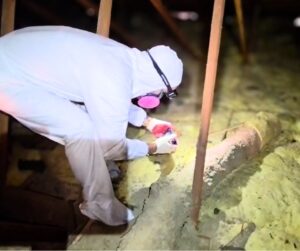
Because no two attics are alike. A 1965 ranch house with uneven framing needs a different approach than a new-build with wide-open joist bays.
What Is Batt Insulation?
Batt insulation comes in pre-cut panels or rolls, typically made of fiberglass or mineral wool. It’s the pink or yellow stuff you’ve probably seen before. It’s designed to fit between the joists in your attic or wall cavities.
Pros:
Lower upfront cost
DIY-friendly in open, obstacle-free spaces
Good for attics with consistent framing
Cons:
Can leave gaps around wiring, ductwork, or irregular framing
Must be cut precisely — poor cuts reduce performance
Susceptible to compression over time, which lowers R-value
When it comes to batt vs blown insulation, I typically only recommend batts in new construction or attics that are wide open and easy to work with. Otherwise, it’s just too easy for batt insulation to underperform.
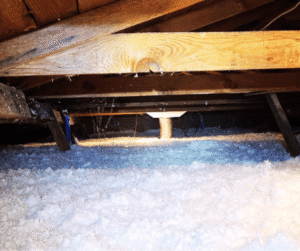
What Is Blown-In Insulation?
Blown-in insulation, also known as loose-fill, is made up of tiny particles — usually cellulose or fiberglass — that are sprayed into the attic using a blowing machine. It creates a fluffy, even layer that conforms to every shape and crevice.
Why I Love It:
Fills all the nooks and crannies
Works around pipes, wires, and odd framing
Ideal for topping off existing insulation
More consistent R-value coverage in most cases
When people ask, “Is blown in insulation better than batts?”, my answer is usually yes — especially for existing homes, attics with obstructions, or jobs where precision matters.
R-Value: What Really Matters
R-value is a measure of how well insulation resists heat flow. The higher the R-value, the better. But here’s the thing: R-value only matters if the insulation is installed properly.
Batt insulation that’s crammed into a tight space? Lower R-value.
Blown-in insulation that’s too thin? Same deal.
The reason blown in insulation vs batts often wins in real-world situations is because it adapts to the space. You get better coverage, fewer gaps, and more consistent thermal protection — especially in older homes or attics that aren’t perfectly framed.
You can even blow insulation over existing batts to increase total R-value without ripping anything out.
Batt vs Blown Insulation: A Side-by-Side Comparison
| Feature | Batt Insulation | Blown-In Insulation |
|---|---|---|
| Material | Fiberglass or mineral wool panels | Loose-fill cellulose or fiberglass |
| Best Use Case | New builds with simple layout | Retrofits, irregular or obstructed spaces |
| Installation | DIY possible, but must be precise | Requires professional equipment |
| Coverage | Can leave gaps around obstructions | Fills all gaps evenly |
| Cost | Lower upfront cost | Slightly more, better long-term value |
| R-Value Consistency | Depends on fit and cuts | More consistent performance |
Real-Life Examples from the Field
 The 1980s Attic With Old Batts
The 1980s Attic With Old Batts
This attic had fiberglass batts that were 30+ years old — thin, sagging, and barely offering R-11. We blew in a thick layer of cellulose on top. Instantly, the homeowner noticed the difference. The house stayed warmer in winter, cooler in summer, and energy bills dropped by 20%.
 The New-Build With Open Joists
The New-Build With Open Joists
In a brand-new home with perfect 24” joist spacing and no ductwork, batt insulation worked beautifully. It was fast, efficient, and cost-effective. Not every attic needs blown-in.
Key Questions to Ask Before Choosing
If you’re still stuck choosing blown in or batt insulation, ask yourself:
Is your attic easily accessible?
Are there obstructions like wires, pipes, or ductwork?
Is this a new home or an older retrofit?
What’s your budget — and how long do you plan to stay?
Most importantly: When was your last insulation inspection?
Because even the best insulation won’t help if you’ve got air leaks, pests, or hidden mold up there.
Final Verdict: Blow In vs Batt Insulation
So what’s better — blown-in or batt insulation?
For new construction with simple layouts: batts can do the job.
But for most existing homes — especially older attics, homes with irregular framing, or when you want max performance — blown-in insulation is the clear winner.
It gives better coverage, adapts to your space, and delivers higher real-world R-values. If your goal is comfort, energy efficiency, and long-term value, blown-in usually wins the battle.
One Last Tip From the Field
Before you decide, schedule a professional attic inspection. A trained insulation specialist (like me!) can check your current setup, identify any issues, and give you the best recommendation for your specific home.
Don’t just go with what’s on sale at the hardware store — your attic deserves better.
